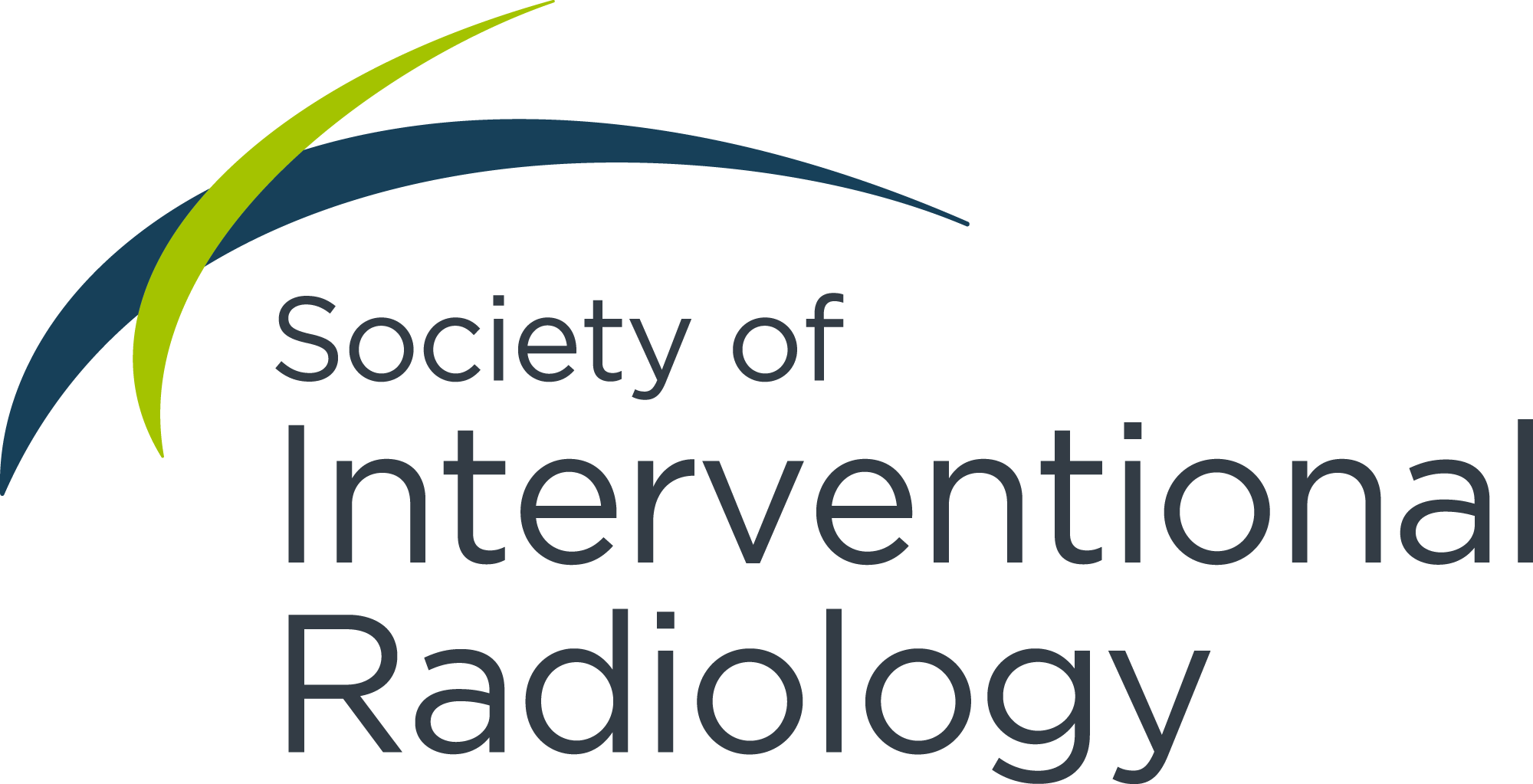Burnout describes the response to chronic emotional and interpersonal work-related stressors, exhibited through feelings of exhaustion, cynicism and inefficacy.1 While the high prevalence of burnout among faculty in interventional radiology has been previously described,2 burnout among trainees in IR remains under discussed. Wellness efforts have been directed toward burnout among attending physicians in IR, as it is known that burnout in this population takes a substantial personal and professional toll and can negatively impact patient care.2
IRs-in-training dedicate a significant amount of time to improving the quality of patient’s lives and play a key, and often primary, role in the coordination and delivery of patient care. As a result, ensuring trainee wellbeing should also be a priority.3
What causes burnout in IRs-in-training?
A study by Bundy et al., consisting largely of attending IRs, found that 71.9% of respondents were burnt out.2 While burnout among IR trainees remains uncategorized, it may be similar to the 69% prevalence found among surgical trainees.3 Some of the factors significantly associated with burnout discussed by Bundy et al. may conceivably apply to trainees, such as heavy work hours and identifying as female in the male-dominated IR space.2 However, IR residents and fellows can face unique contributions to burnout given their evolving level of clinical responsibility and lower hierarchical positions. IR training involves a complex combination of learning the specialty's clinical and technical aspects as well as its underlying social values and norms. Trainees must rapidly adapt to new learning environments and navigate the hidden curricula associated with the social aspects of different services and preceptors.4 They must rise to the challenge of intense work demands with limited control over their time management and work planning.5
In addition, trainees may have their first experiences with emotionally challenging cases, and must deal with the difficult nature of these cases without having the final say on treatment decisions.4 If they do not have the social support system to discuss these kinds of issues, it may lead to burnout—which, data shows, can lead to adverse patient care,5 potential attrition from combined IR/DR programs and may normalize maladaptive attitudes later on in one’s career.
Medical trainees are also at increased risk of burnout as they may encounter discrimination, harassment, microaggressions and abuse in the context of imbalanced power dynamics as well as fear of retaliation if they report it. Female surgical residents are more likely to perceive a stereotyped bias against women and find it difficult to find mentorship and role models in a male-dominated field.3 Female trainees were also found to report a significantly higher prevalence of imposter syndrome,6 defined as feelings of self-doubt and self-perceived intellectual phoniness.7 These adverse factors for female surgical trainee well-being can conceivably be applied to IR, which continues to be a male-dominated specialty.8 Additionally, all trainees may experience pain as their bodies adapt to the physical demands of IR.
How to address burnout
Overcoming certain challenges is part of the expected growth curve of education, but significant sources of burnout in IR training should be directly addressed. Those who interact with trainees can engage in preventative structural reform to create a culture of wellness by normalizing discussions about burnout and its impact; this will ultimately empower trainees to discuss their challenges and stressors while building transparency and trust.
Changing the environment
Training programs in IR can work to address burnout culture by cultivating an environment that prioritizes not only excellence in IR training, but one that values well-being and mental health, and destigmatizes seeking help for burnout. Program directors and faculty can hold periodic check-ins with their trainee classes to discuss challenges and seek feedback for improving the program. These meetings are also a good time to boost trainee morale and motivation by celebrating their achievements and acknowledging their contributions to the department.
Mentorship
Programs with structured mentorship for personal and professional support report lower rates of burnout among their trainees.3 These initiatives pair faculty with trainees based on their personal and professional values and effectively help trainees gain support for their current challenges and future obstacles. Mentorships are a powerful tool for burnout alleviation.3 Structured mentorship is especially important for women, underrepresented minorities in medicine and first-generation physicians-in-training who may otherwise not find mentors with similar experiences, given the lack of these demographics in IR. In this way, senior physicians can also use their perspectives to help trainees restore meaning to time commitments and share their tips for separating work and home life.5
Intentional program design
Training programs should explore establishing transparent and anonymous mechanisms for residents and fellows to report their personal and professional concerns, such as experiences with harassment and microaggressions, without fear of retaliation. Surgical trainees who voluntarily left their program have described that the lack of such reporting mechanisms contributed to their departure.3 Integrated programs can increase IR exposure during the diagnostic-heavy first 3 years of residency by including junior residents in IR-related conferences, increasing the amount of time spent on IR rotations and holding dedicated IR social events. Similarly in our experience, appointing an IR faculty wellness liaison has facilitated multiple wellness-focused changes prompted by trainee concerns. Wellness initiatives within IR training programs can include mindfulness practices, catered meals, scheduled time off, physical fitness activities and access to counseling services or employee assistance programs.
Conclusion
Moving forward, formal studies are needed to categorize the prevalence and drivers of burnout among IR trainees to effectively tailor mitigation strategies. Until then, given burnout’s significant impact on trainees' personal and professional lives, training programs and those who interact with trainees can pay it forward to the future of IR by championing wellness as an integral part of our specialty’s culture.
References
- Maslach C, Schaufeli WB, Leiter, MP. Job Burnout. Annu. Rev. Psychol. 2001(52) ;397–422. https://doi.org/10.1146/annurev.psych.52.1.397.
- Bundy JJ, Hage AN, Srinivasa RN, Gemmete JJ, Lee E, Gross JS, Healey TL, Solberg AO, Monroe EJ, Chick JFB. Burnout among Interventional Radiologists.JVIR. 2020(3)607–613.
- Elmore LC, Jeffe DB, Jin L, Awad MM, Turnbull IR. National Survey of Burnout among US General Surgery Residents. J Am Coll Surg. 2016(223); 440–451. https://doi.org/10.1016/j.jamcollsurg.2016.05.014.
- Cyphers ED, Keller EJ, Makary MS. Trainee Ethics in Interventional Radiology. Semin Intervent Radiol. 2023(40)472–474. https://doi.org/10.1055/s-0043-1772816.
- Thomas NK. Resident Burnout. JAMA. 2004(292);2880. https://doi.org/10.1001/jama.292.23.2880.
- Legassie J, Zibrowski EM, Goldszmidt MA. Measuring Resident Well-Being: Impostorism and Burnout Syndrome in Residency. J Gen Intern Med. 2008(23);1090–1094. https://doi.org/10.1007/s11606-008-0536-x.
- Clance PR, Imes SA. The imposter phenomenon in high achieving women: Dynamics and therapeutic intervention. Psychotherapy: Theory, Research & Practice. 1978(15);241–247. https://doi.org/10.1037/h0086006.
- Wang M, Laguna B, Koethe Y, Lehrman E, Kumar V, Kohi MP. Bridging the Gender Gap in the Society of IR: A Benchmark Study. JVIR. 2019(30);584-588.e2. https://doi.org/10.1016/j.jvir.2018.09.007.


